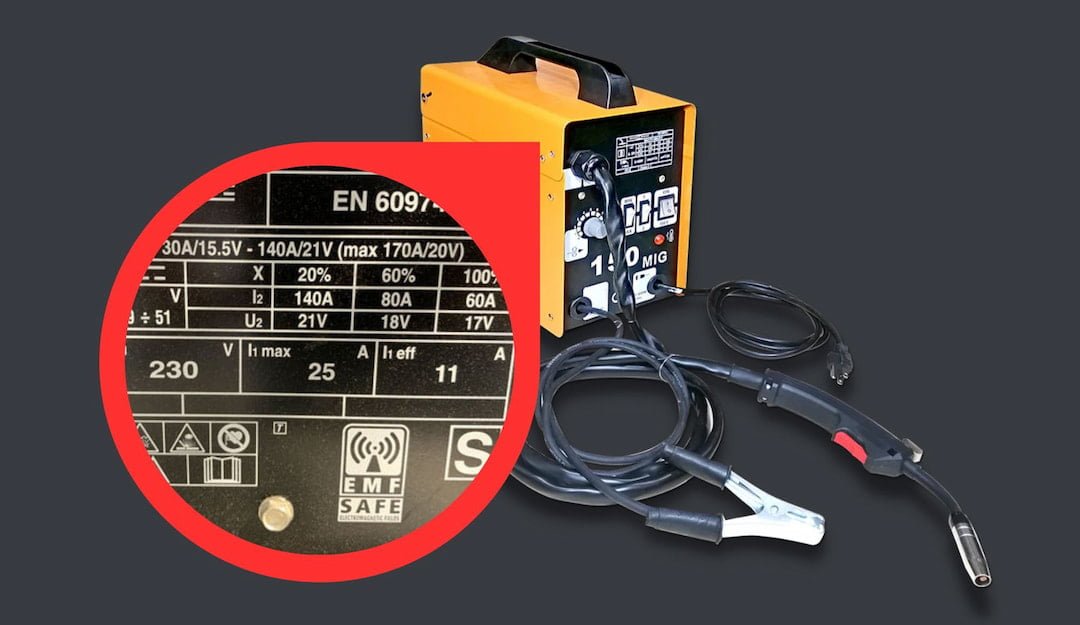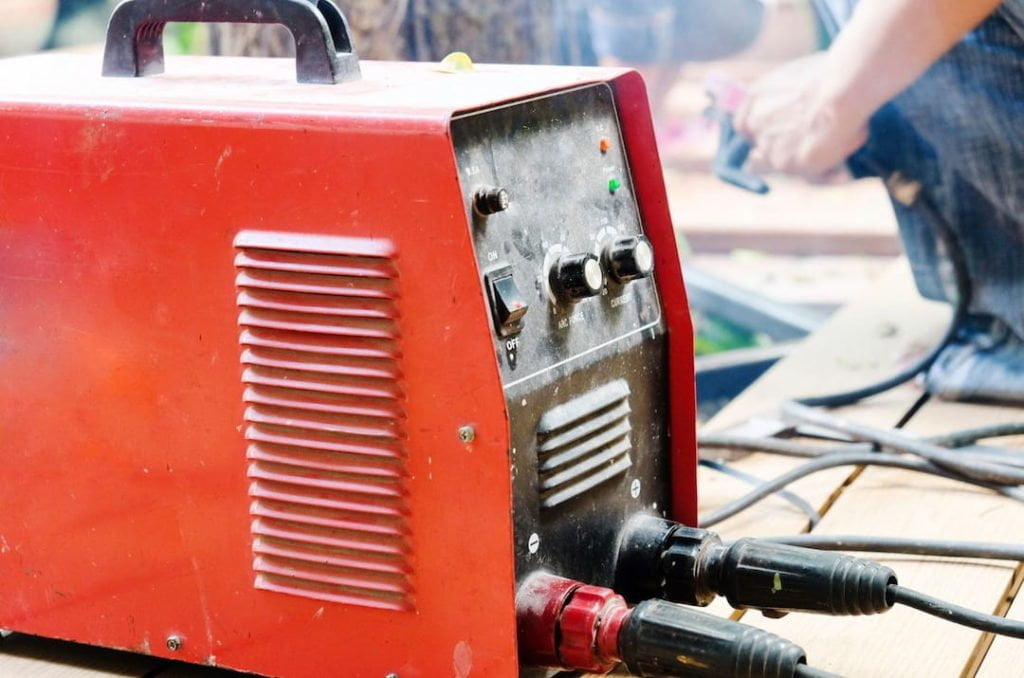If you're a welder, chances are you have heard of the duty cycle in welding but may need clarification on what it means. Don't worry - we can help out!
Table of Contents
The duty cycle is an important factor in the performance and safety of your welding operations, so it's important to understand the basics.
So if you've ever been curious about what all those numbers mean when measuring your temp settings or current outputs during welding, then read on – we’re here to clear things up!
Key Takeaways
- Duty cycle is helpful to a welder because it protects him and his equipment or machinery if done correctly.
- If you weld much too often in a given time, you can protect your equipment from burning out by using duty cycle technique.
- If you understand what duty cycle is, then you can also understand that when your machinery is overloading or when it is in danger, the duty cycle has a great importance.
- If the duty cycle test is exceeded, it leads to overheating of the welding machine and can lead to various problems
What is Duty Cycle in Welding?
The duty cycle in welding is a metric used to measure how long you can weld over a given period of time without overheating your equipment or burning out the electrodes.
The calculation involves two essential components: Amperage (the amount of current flowing through the circuit) and Duty Cycle Percentage (the percentage of time you should be able to weld without any adverse effects).
The duty cycle comprises two separate ratings: maximum (or continuous) and 10 minutes. The maximum or continuous rating measures how much you can weld in a single session without overheating your equipment. The 10-minute rating indicates how much welding you can do over 10 minutes without damaging your equipment.
For example, a welder with a 60% Duty Cycle rating can weld at maximum amperage for up to six minutes out of every ten-minute period before having to shut down for four minutes to allow the welding machine and electrodes to cool to an ambient temperature. The more powerful your welding machine is, the higher the duty cycle. Multimatic 220 by Miller is a good example of a combo welder with a solid duty cycle.

What are the Different Types of Duty Cycles?
There are two basic types of Duty Cycle ratings – continuous and intermittent. Continuous duty cycles measure how much welding you can do in a single session without overheating your equipment.
In contrast, intermittent duty cycles measure how much welding you can do over 10 minutes before shutting down for four minutes to allow the welding machines and electrodes to cool off. If you have a powerful machine, the duty cycle rating will be higher.
What is the Importance of the Duty Cycle in Welding?
The duty cycle is an important factor in welding because it helps to protect both welders and their equipment from situations that can lead to hazardous consequences. And who doesn’t want to be safe? Because I sure do!
By understanding the duty cycle limit, welders can ensure they are not overloading their welding machines with too much current or allowing them to get too hot for too long.
This helps prevent safety issues such as burns, thermal overload, fires and electric shocks. It also helps to protect the machine itself from damage due to overuse or improper use.
Understanding the duty cycle can help welders get the most out of their welding operations without risking their safety or damaging their equipment.
How is the Duty Cycle Calculated and Tested?
The lower or higher duty cycle is calculated by measuring how much current is drawn during welding and dividing that figure by the maximum amperage rating of the machine. For example, if a welder has an output of 100 amps and a max rating of 200 amps then its welding Duty Cycle would be 50%.
To calculate Duty Cycle is fairly straightforward as well. In order to measure the low or high Duty Cycle of a MIG welding machine or any other, you need to set it up at maximum output and then weld with it continuously for 10 minutes (or until the machine stops working).
The duty cycle of a machine should be tested regularly to ensure it is operating at peak performance. If you notice that your Duty Cycle has decreased over time, it might be time to upgrade or repair your welder to ensure safe and efficient operation.
Is Duty Cycle The Best Way To Evaluate A Welder?
The Duty Cycle is a great way to evaluate the performance of your welder, but it isn’t the only factor that should be considered. Other factors such as the quality of the welds, how easily the machine can be set up and used, and its overall cost should also be weighed when selecting a welder.
In some cases a welder with a lower Duty Cycle rating may be a better choice than one with a higher rating due to other factors. The best way to evaluate a welder is to test it and see if the stated duty cycle is true. If it is, that ensures it will meet your needs.
When selecting or operating any welding machine, it’s important to keep in mind both the Duty Cycle rating and other factors that can influence performance. By understanding the low or high Duty Cycle and considering other things, you can ensure you’re getting the most out of your arc welding process without risking safety or damaging your equipment.
FAQs Related to Duty Cycle in Welding
What happens when the duty cycle is exceeded?
When the duty cycle test is exceeded, it leads to overheating of the welding machine and can lead to various problems. Overheating can cause damage to components in the machine, which may require costly repairs or replacement.
More than that, the exceeded duty cycle can result in poor quality welds. It is important to keep an eye on the welding machine's duty cycle and ensure it is not exceeded. You can take a break to allow the machine to cool down before resuming welding.
What are the factors that affect the duty cycle?
The duty cycles of welding are affected by many factors, such as the type of power source being used, the amperage, voltage, and other electrical characteristics. It also depends on how long the arc is operated at a given current level and how often it is restarted.
The welding environment can also affect the duty cycle, such as high altitudes where a lower voltage is necessary. The size and complexity of the welding job can also affect the duty cycle since more intricate jobs require the arc to be manipulated in more ways than simpler welds.
What is a good duty cycle?
A good duty cycle for welding depends on the type of weld being performed and the material being used. Generally speaking, a higher duty cycle means more work can be done in less time.
For some basic tasks, such as MIG welding mild steel, a 50-60% duty cycle is considered perfect. A lower duty cycle is often recommended for more intensive tasks, such as TIG welding or working with harder materials.
